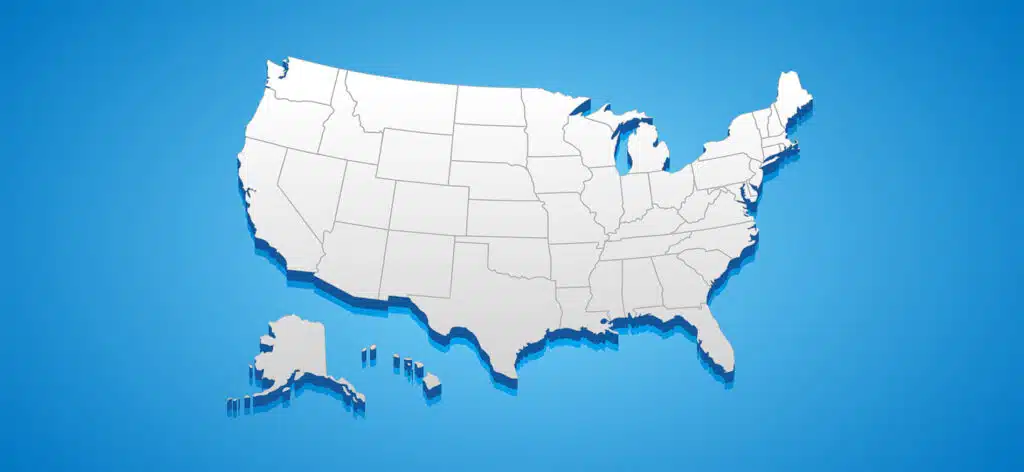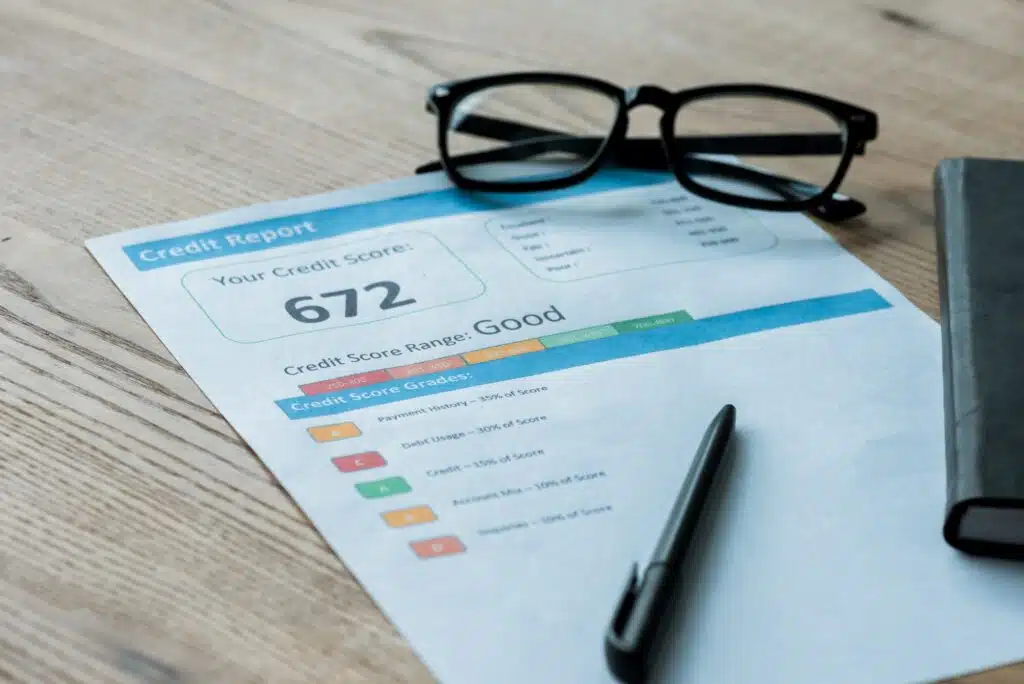Debt relief programs are excellent approaches to easing your debt burden, but they’re associated with an unpleasant side effect — your credit score dipping down.
A bad credit score can hold you back from realizing your financial goals. The good news is that a bad credit score doesn’t last forever.
If you’ve suffered a significant setback to your credit but are now back on your feet financially, it’s probably time to think about rebuilding your credit, which can be more demanding than starting from scratch.
In this post, we promise to take you through a step-by-step guide on how to increase your credit score after finishing a debt relief program.
Some steps to improve your credit, like disputing and resolving errors on your credit report, are relatively straightforward. Others, like not falling behind on your bills again, can be a bit more difficult and take some time.
Hopefully, after reading the whole post, you will feel well-informed and well-equipped to act.
• Start Adding Positive Info to Your Credit Report
To reestablish good credit, you don’t need to immediately jump back into the credit market.
You can begin by adding information demonstrating your financial stability, such as your job and address.
• Practice Responsible Credit Habits
Once you have added positive information to your credit report, it’s now time to adjust your habits to keep your finances (and credit) in great shape:
- Build an Emergency Savings Fund
If you don’t have an emergency fund, now is the time to do it! This stash will cover you for unforeseen expenses such as sudden job loss, medical bills, and car repairs.
A well-funded rainy-day fund can help you avoid taking on more debt that can slow down or even reverse your efforts to rebuild your credit.
- Pay All Your Bills on Time and In Full
At 35 percent, your payment history makes up the biggest slice of your credit score.
Creditors report missed or late payments to the credit reporting agencies. So, no matter what, it’s important that you don’t miss a bill payment.
If you have several bills with different due dates, setting up autopay will simplify your finances and help avoid missing payments.
- Reduce Your Credit Card Use
Depending on what led to debt settlement, one of the main risks can be falling back into the same habits that put you in financial trouble.
When swiping your credit card to pay for purchases, the loss of money is less visible than handing over paper money. By reducing your credit card use (or avoiding them altogether), you can tame the temptation of spending recklessly and reduce the likelihood of this happening.
- Keep Your Credit Balances Low
Your credit utilization rate (aka debt-to-credit ratio) is another significant factor that goes into calculating your credit score. It accounts for up to 30 percent of your FICO score calculation.
Creditors don’t like to see maxed-out credit accounts. As a rule of thumb, do not use more than a third of the available credit on your credit cards. Exceeding that threshold hurts your credit.
• Get A Secured Credit Card
This may sound odd, but sometimes, to repair your trustworthiness in the eyes of lenders, you have to get new credit.
You will have an easier time getting a secured credit card since they’re less risky for the bank. With a secured credit card, you make a refundable security deposit and then borrow against it.
The main benefit of secured credit cards is that, just like a normal credit card, payments are reported to the 3 nationwide credit bureaus (Equifax, Experian, and TransUnion).
It pays to research secured credit card offers. Before applying for a particular card:
- Ask about interest rates as well as application, processing, and annual fees.
- Pick an issuer that offers prequalification. This way, you’ll know your chances of qualifying before agreeing to a hard credit check that can further damage your score.
- Ask the credit card company if they report to the major credit reporting agencies. If the issuer does not, you’ve lost the key benefit of having a secured card.
After consistent on-time payments, some secured cards allow you to “graduate” to an unsecured card.
• Get a Credit-Builder Loan
Although getting a loan after finishing a debt relief program may appear counter-intuitive, remember that no credit is also bad.
A credit-builder loan is a loan whose sole purpose is to help you build good credit. Some community banks, credit unions, and online lenders offer credit builder loans. To qualify, you will need to be a customer or member and show proof of income and ability to repay.
How it works is you first fill out an application. After you’re approved for the credit-builder loan, the borrowed money is deposited in a secured savings account or CD (certificate of deposit).
The idea is you don’t gain access to the money initially and the lender does not have to shoulder much risk. As you make timely monthly payments on the loan, the lender will keep reporting those payments and you may access the money once you pay off the loan.
• Become an Authorized User
If you have a close friend or family member with a solid payment history and credit score, request them to add you to their credit card account as an authorized user.
You will be allowed to use the card for everyday purchases without having to qualify for the credit card account on your own merits.
Credit card payments will reflect on your credit report, so if these payments are timely and the credit utilization rate stays low, your credit score will improve with time.
Once again, ensure the issuer reports authorized user payments to the 3 main credit bureaus.
How Long Will It Take to Have a Good or Excellent Credit Score?
If you’re thinking about settling your debt or in the process of doing so, you’re probably hoping that your credit score will rebound quickly once you finish a debt relief program.
Debt relief programs, though, won’t improve your credit score right away and, in fact, will likely cause your credit score to drop.
Settled debts remain on your credit report for 7 years from the date the accounts were settled. The good news is that once you settle your debts, much of rebuilding your credit will rest in your hands.
It likely took years to damage your credit, so rebuilding it will also take time. But you should be able to see results provided you remain patient and diligent about rebuilding your credit.
Still, it would help if you went in knowing it would take some time.
Conclusion
Improving your credit score after finishing a debt relief program can be intimidating, but the process becomes easier when you break it down into smaller steps. Pick whatever strategy or combination of strategies works for your unique situation, and then track the results.
At American Consumer Solutions™ we love helping Americans get on the path to financial success. If you want our help in increasing your credit score, all you have to do is reach out!






